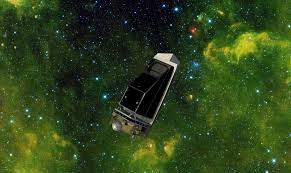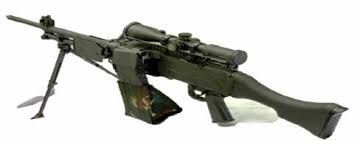Thales Alenia Space, the joint venture between Thales (67%) and Leonardo (33%), has signed a contract with prime contractor Ball Aerospace to supply communication equipment for NASA’s NEO Surveyor mission.
The main goal of this five-year mission is to advance efforts to defend our planet against near-Earth objects like asteroids and comets, specifically within 50 million kilometers from our planet’s orbit.
NEO Surveyor will employ an infrared space telescope designed to discover and characterize at least two-thirds of the near-Earth objects more than 140 meters (460 feet) across capable of causing significant damage should they impact the Earth.
Managed by NASA’s Jet Propulsion Laboratory in Southern California, NEO Surveyor will journey 1.5 million kilometers to a region of gravitational stability – called the L1 Lagrange point – between Earth and the Sun, where the spacecraft will orbit during its five-year primary mission.
From this location, NEO Surveyor will view the solar system in infrared wavelengths – light that is invisible to the human eye and mostly blocked by the Earth’s atmosphere.
By using two heat-sensitive infrared imaging channels, the NEO Surveyor space telescope will be capable of detecting comets, both bright and dark asteroids, which are the most difficult type to find, and to make accurate measurements of NEO sizes and gain valuable information about their composition, shapes, rotational states, and orbits.
Thales Alenia Space will provide S-band Transponder, K-band Modulator and K-band Travelling Wave Tube Amplifier (TWTA) equipment for the NEO Surveyor spacecraft.
The S-band Transponders are the units in charge of receiving the telecommands sent from NASA’s Deep Space Network, and transmitting the spacecraft’s telemetries back to Earth, as well as the ranging signals used to measure the spacecraft’s distance.
The K-band Modulators and Power Amplifiers are in charge sending to Earth the images captured by the NEO Surveyor telescope.





